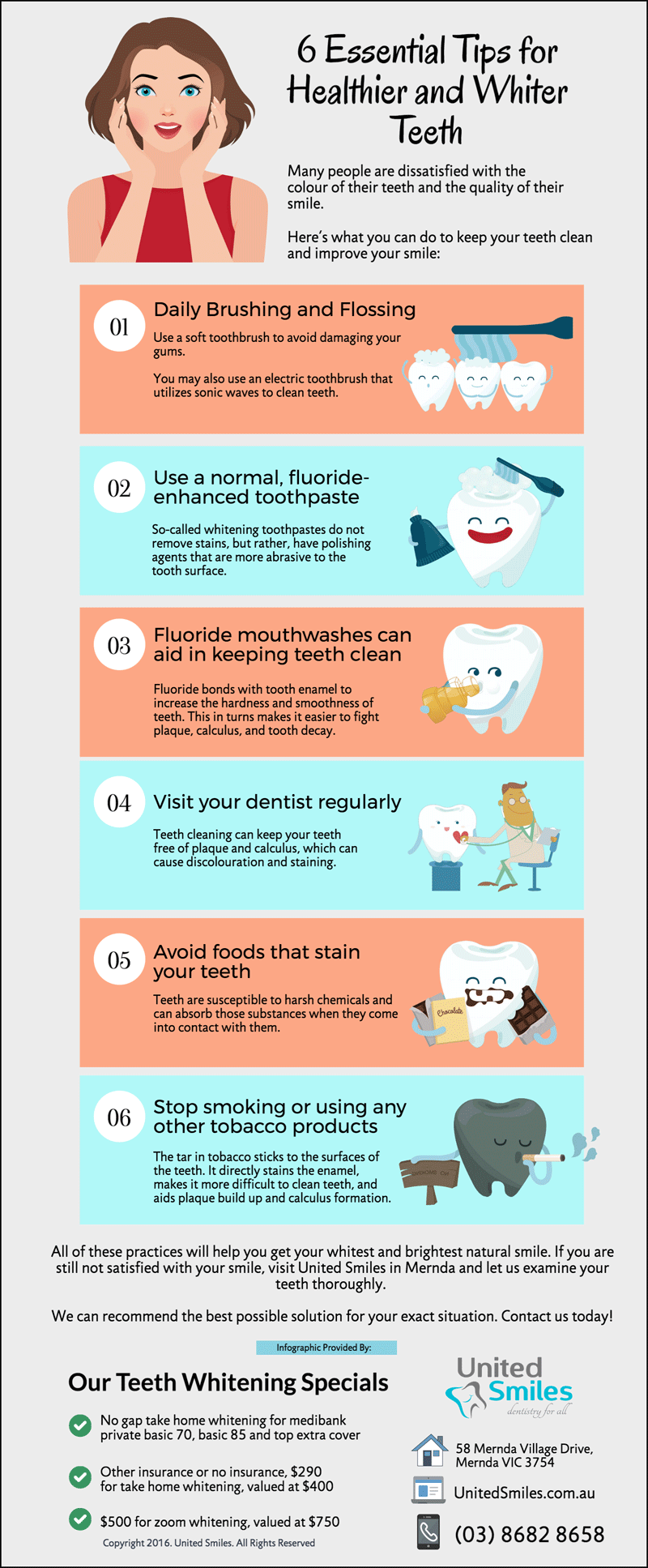Tooth Enamel Guide: Strengthening Lines Naturally
The protective layer of tooth enamel is the hardest substance in the human body, yet it’s susceptible to erosion and decay. tooth enamel plays a crucial role in shielding teeth from decay, sensitivity, and damage. Despite its resilience, enamel can be compromised by various factors, including diet, oral hygiene, and lifestyle choices. Understanding the importance of tooth enamel and implementing strategies to strengthen it naturally can help maintain a healthy, vibrant smile.
The Role of Tooth Enamel
Tooth enamel acts as a barrier, protecting the delicate inner layers of the tooth from bacteria, acid, and physical stress. It’s composed of highly mineralized, non-living crystalline structures that provide exceptional durability and resistance to wear. The enamel’s primary function is to:
- Insulate the tooth from temperature extremes and chemical irritants
- Prevent bacterial invasion and acid penetration
- Facilitate smooth mastication (chewing) and speech
- Maintain the tooth’s natural color and translucency
Causes of Tooth Enamel Erosion
Tooth enamel erosion occurs when the enamel is worn away, exposing the underlying dentin. This can be caused by:
- Acid reflux and gastroesophageal disease
- Consuming acidic foods and beverages (e.g., citrus fruits, soda, and sports drinks)
- Poor oral hygiene and inadequate fluoride exposure
- Grinding or clenching teeth (bruxism)
- Aging and natural wear
Natural Strategies for Strengthening Tooth Enamel
Fortunately, there are several natural approaches to strengthening tooth enamel and preventing erosion:
- Dietary modifications: Focus on consuming a balanced diet rich in calcium, phosphorus, and vitamin D. Include enamel-friendly foods like:
- Dairy products (milk, cheese, and yogurt)
- Leafy greens (kale, spinach, and collard greens)
- Nuts and seeds (almonds, sunflower seeds, and pumpkin seeds)
- Fatty fish (salmon and sardines)
- Oral hygiene practices: Maintain good oral hygiene by:
- Brushing teeth at least twice a day with a fluoride toothpaste
- Using a soft-bristled toothbrush and gentle circular motions
- Flossing daily to remove plaque and debris
- Rinsing with a fluoride mouthwash
- Fluoride supplementation: Use fluoride-containing products, such as toothpaste and mouthwash, to help strengthen tooth enamel.
- Avoid acidic substances: Limit or avoid consuming acidic foods and beverages, and rinse your mouth with water after consumption.
- Desensitizing toothpaste: Use desensitizing toothpaste containing potassium nitrate or strontium chloride to help alleviate sensitivity.
- Oil pulling: Practice oil pulling with coconut or sesame oil to reduce bacteria and promote a healthy oral environment.
- Tongue scraping: Remove bacteria and debris from the tongue using a tongue scraper to prevent acid production.
Additional Tips for a Healthy Smile
In addition to the strategies mentioned above, consider the following tips to maintain a healthy, vibrant smile:
- Visit your dentist regularly: Schedule regular check-ups and cleanings to monitor your oral health and address any concerns.
- Avoid tobacco and nicotine: Refrain from using tobacco and nicotine products, as they can contribute to tooth decay, gum recession, and oral cancer.
- Wear a mouthguard: Wear a mouthguard during sports or activities that may cause tooth trauma.
- Manage stress: Engage in stress-reducing activities, such as meditation or yoga, to minimize teeth grinding and clenching.
FAQ Section
What are the symptoms of tooth enamel erosion?
+Symptoms of tooth enamel erosion may include tooth sensitivity, discoloration, and translucency. As the enamel wears away, the underlying dentin may become exposed, leading to increased sensitivity and discomfort.
Can tooth enamel be restored?
+While tooth enamel cannot be regrown or restored naturally, there are various dental treatments available to repair or replace damaged enamel. These may include fillings, crowns, or veneers, depending on the extent of the damage.
How can I prevent tooth enamel erosion during pregnancy?
+During pregnancy, it's essential to maintain good oral hygiene and visit your dentist regularly. Avoid morning sickness by rinsing your mouth with water and using a fluoride mouthwash. Consume a balanced diet rich in calcium and vitamin D to support your overall health and tooth enamel.
Can children's tooth enamel be strengthened?
+Yes, children's tooth enamel can be strengthened through a combination of good oral hygiene practices, a balanced diet, and regular dental check-ups. Encourage your child to brush their teeth at least twice a day with a fluoride toothpaste and visit their dentist regularly for monitoring and preventive care.
What are the long-term consequences of tooth enamel erosion?
+If left untreated, tooth enamel erosion can lead to significant consequences, including increased sensitivity, tooth decay, and potentially, tooth loss. In severe cases, erosion can expose the pulp, leading to infection, abscesses, or the need for root canal therapy.
Can tooth enamel erosion be treated with natural remedies?
+While natural remedies, such as oil pulling and tongue scraping, can help promote oral health, they should not be relied upon as the sole treatment for tooth enamel erosion. Consult your dentist for a comprehensive evaluation and personalized recommendations to address tooth enamel erosion and prevent further damage.
By understanding the importance of tooth enamel and implementing natural strategies to strengthen it, you can maintain a healthy, vibrant smile and prevent the consequences of enamel erosion. Remember to visit your dentist regularly and practice good oral hygiene to ensure the long-term health and resilience of your tooth enamel.

